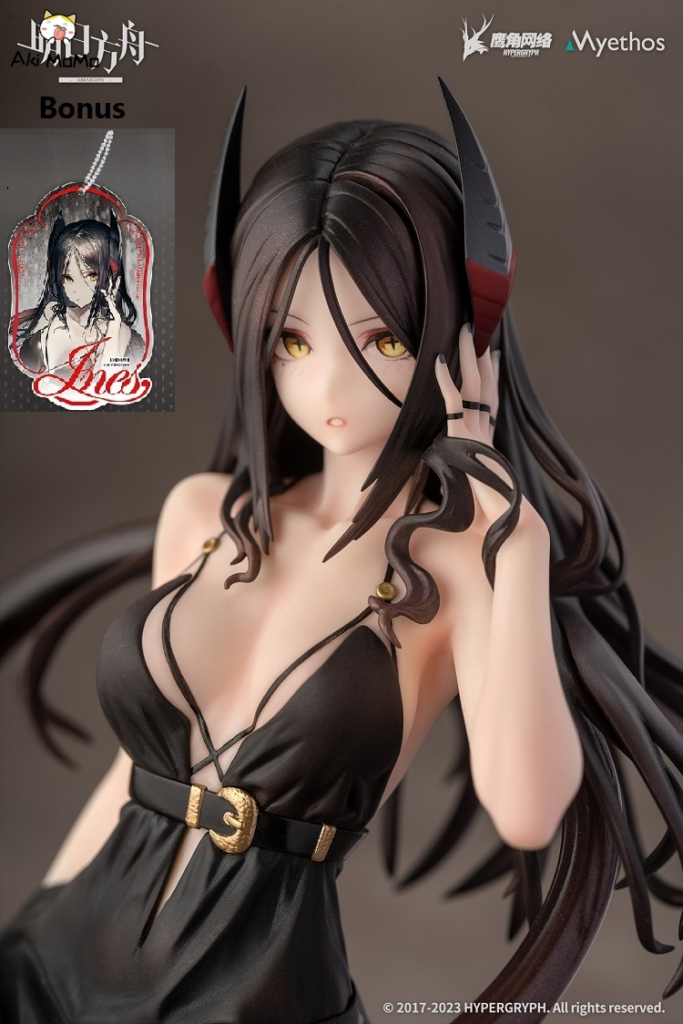Introduction
When it comes to purchasing products—whether it’s fashion, collectibles, cars, or technology—the choice between limited edition and mass-produced items often arises. Some people value exclusivity, while others prioritize affordability and accessibility hatsune miku figure. But what truly makes a product worth the investment? In this blog post, we’ll explore the differences, benefits, and potential returns on investment for both limited edition and mass-produced items.

Understanding Limited Edition Products
Limited edition products are manufactured in restricted quantities, making them exclusive and often highly desirable. These items may include special releases from luxury brands, collector’s items, or even time-limited collaborations. Their exclusivity can drive up demand, increasing their value over time.
Benefits of Limited Edition Products
- Exclusivity and Prestige – Owning something rare can be a status symbol.
- Potential for Appreciation – Many limited edition items increase in value over time.
- High-Quality Craftsmanship – Often, these products are made with superior materials and attention to detail.
Downsides of Limited Edition Products
- High Initial Cost – These items usually come with a premium price tag.
- Limited Availability – Can be difficult to acquire due to high demand.
- Market Fluctuations – While some items appreciate in value, others may not retain their worth.
The Appeal of Mass-Produced Products
Mass-produced items are manufactured in large quantities and are widely available. These products cater to the general market and offer affordability and convenience. Examples include mainstream fashion brands, everyday gadgets, and common household items.
Benefits of Mass-Produced Products
- Affordability – Typically more budget-friendly than limited edition items.
- Availability and Accessibility – Easy to find and purchase.
- Consistent Quality – Standardized production ensures uniformity in quality.
Downsides of Mass-Produced Products
- Lack of Uniqueness – With high availability, exclusivity is lost.
- Depreciation – Most mass-produced items lose value over time.
- Lower Craftsmanship – Some products may be made with cheaper materials and less attention to detail.
Investment Considerations
Whether you’re purchasing a limited edition or mass-produced item, considering its potential investment value is essential. Ask yourself:
- Will the item appreciate in value? Research past trends for similar products.
- Is the brand reputable? Established brands often retain higher value.
- Do you personally value exclusivity? If prestige matters to you, limited editions might be worth the cost.
- Is the product practical? If you need an item for daily use, mass-produced options might be better.
Conclusion: Which Is Worth the Investment?
The decision between limited edition and mass-produced products depends on your priorities. If you seek exclusivity and potential long-term value, investing in limited edition items could be the right choice. However, if you prioritize affordability and functionality, mass-produced products may be the better option.
Ultimately, both types of products serve different purposes, and the right investment varies from person to person. Consider your personal preferences, financial situation, and long-term goals before making a purchase.
